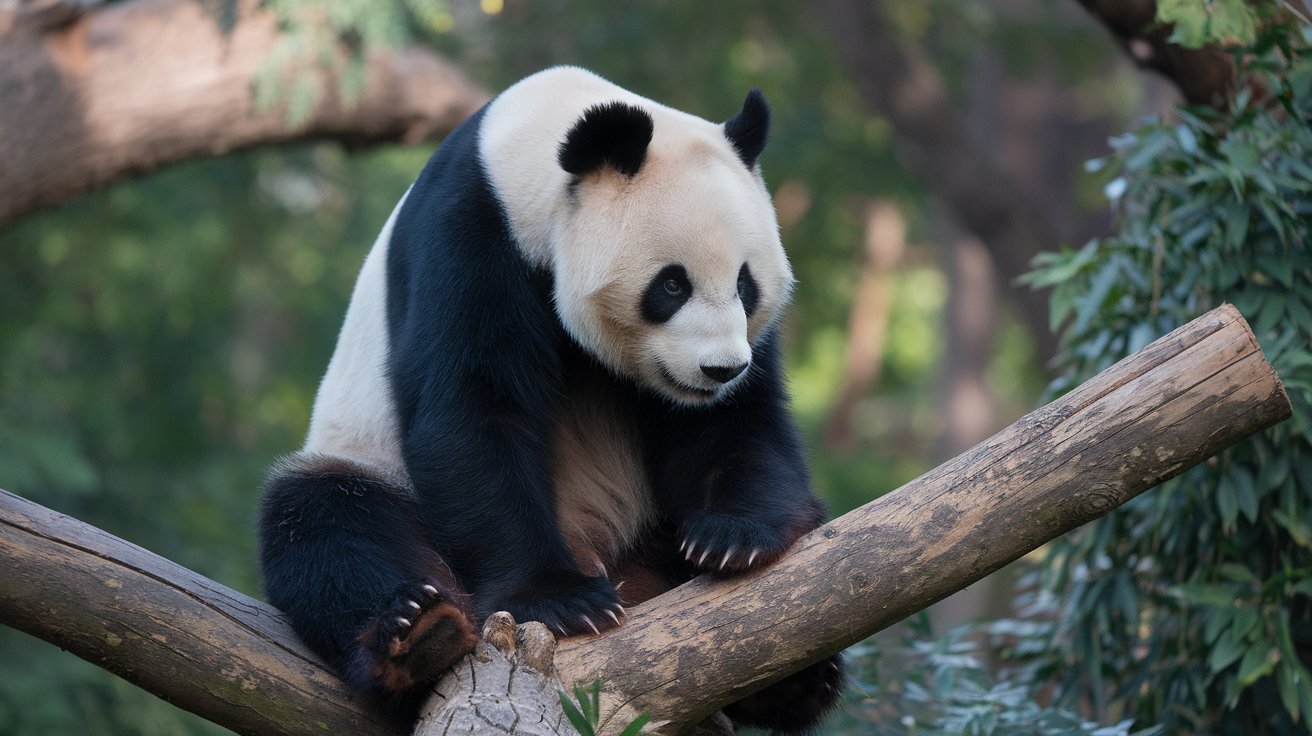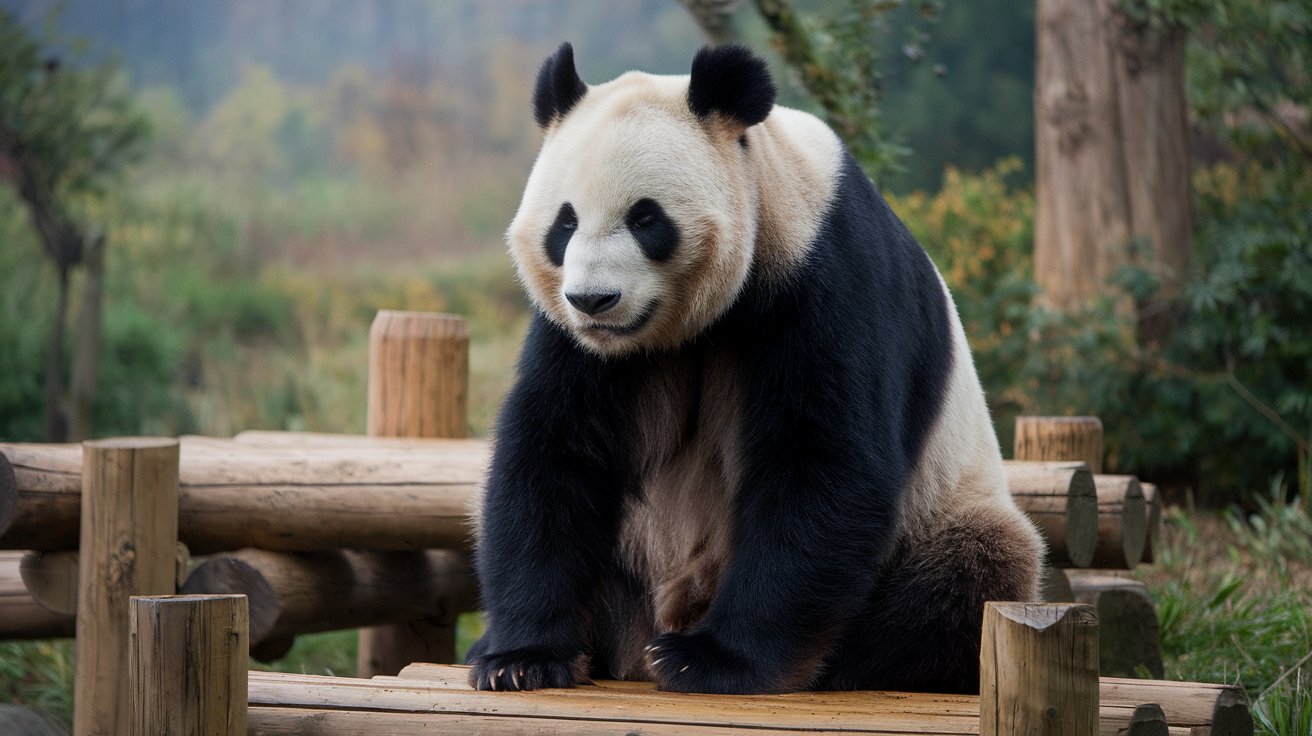
The giant panda a beloved species native to China, is classified as "Vulnerable" due to a range of environmental and human-induced threats. Their primary diet is bamboo, which makes up over 99% of their food intake, but habitat destruction caused by deforestation, agricultural expansion, and urban development has significantly reduced and fragmented bamboo forests. This limits their access to food and isolates populations, making reproduction difficult.
Although efforts have improved their status from "Endangered" to "Vulnerable," giant pandas still face significant threats that hinder their long-term survival.
Habitat loss due to deforestation, agricultural expansion, and infrastructure development has fragmented their populations, reducing their access to food and breeding partners.

Reasons Why Giant Pandas Are Endangered
1-Habitat Loss:
Deforestation for agriculture, urban development, and infrastructure projects (like roads and railways) has destroyed and fragmented bamboo forests.
Diet Dependence on Bamboo:
Giant pandas rely almost entirely on bamboo, which is highly sensitive to environmental changes.
Low Reproductive Rate:
Pandas have a short breeding season and typically give birth to only one cub every two years.
